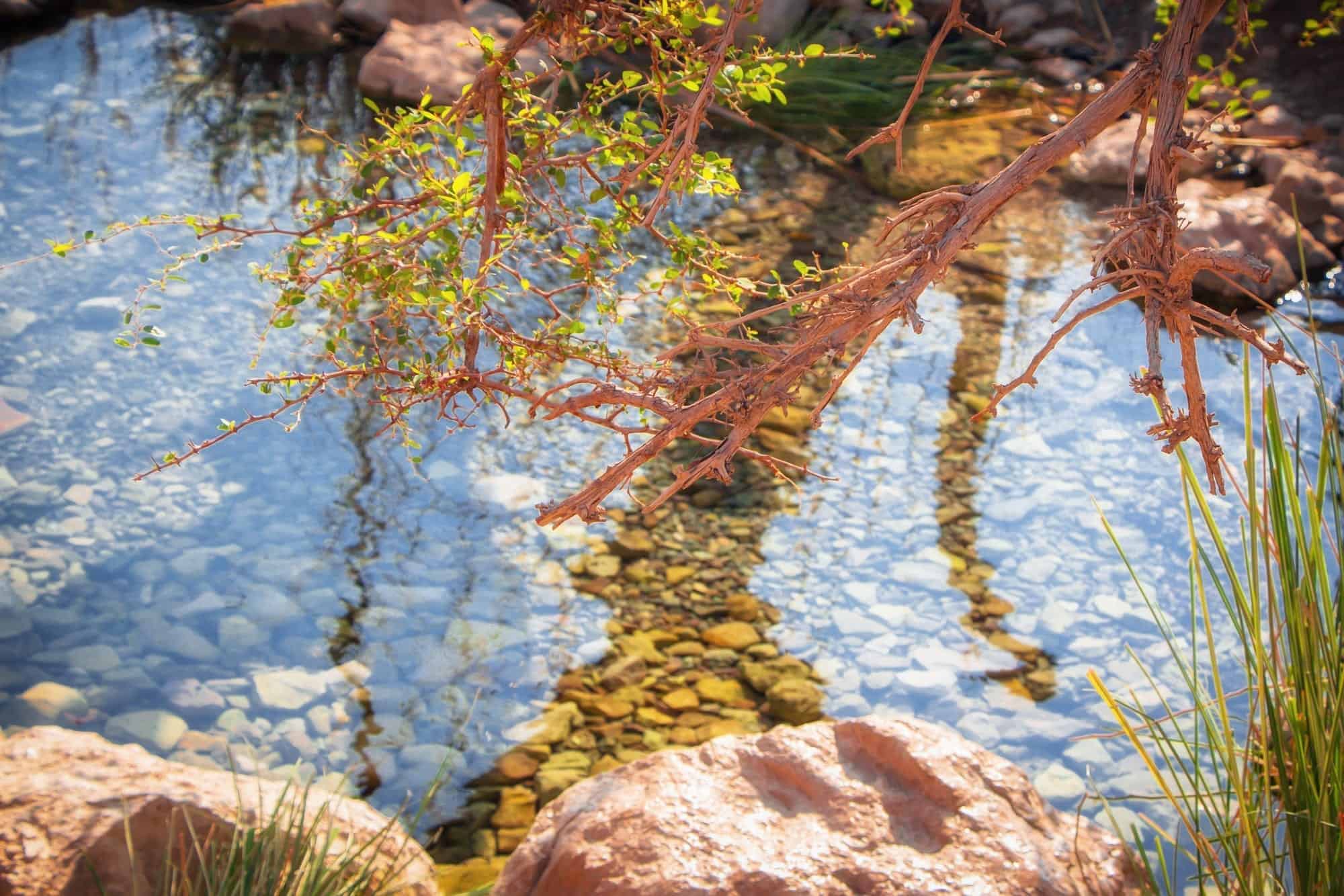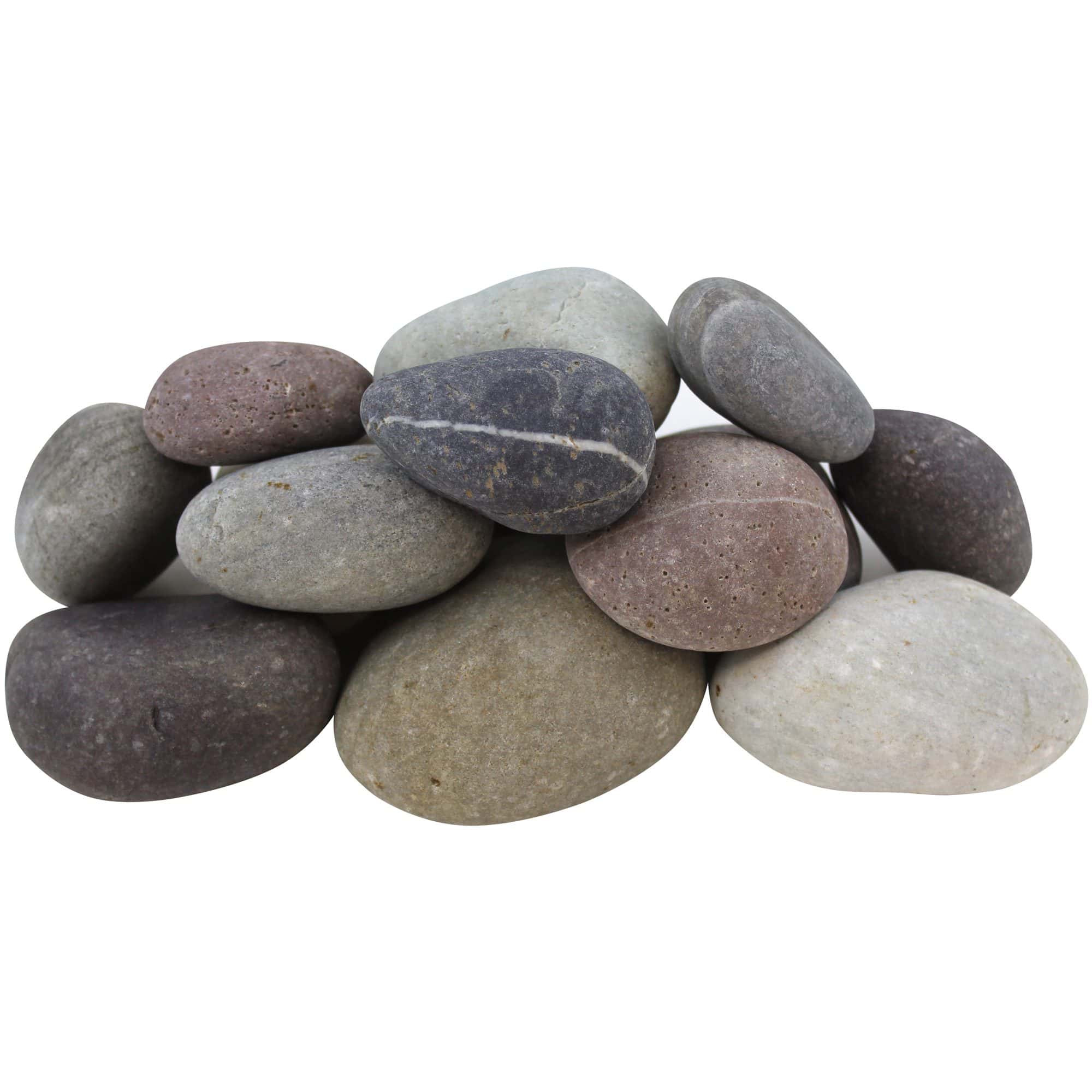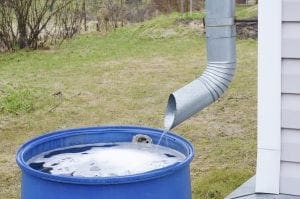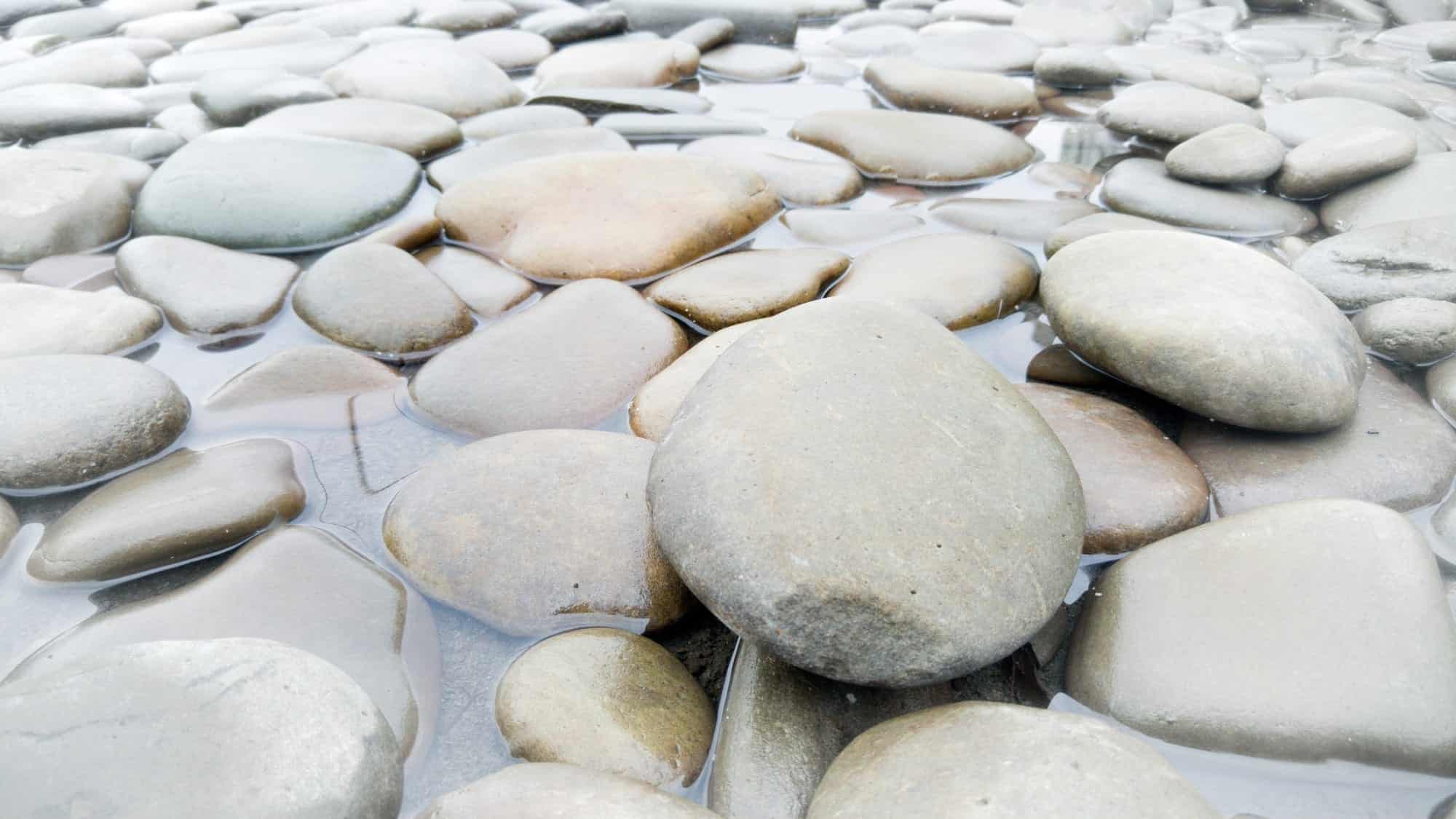
4 DIY Drainage Systems for Your Yard
Drainage is essential for any type of landscaping plan, ensuring that excess water has a place to go instead of pooling in your flowerbeds and veggie plots.
And the good news is, there are numerous ways to improve drainage without spending big bucks or hiring a professional to do it for you.
In this post, we share 4 DIY drainage systems that are easy to build and won’t take away from the aesthetic appeal of your landscape.
1. Build a dry creek bed with river rocks
A dry creek bed is one of the easiest ways to improve drainage, plus it looks good! All you need are landscaping stones. They come in bags and there are a plethora of colors and sizes to choose from.

A dry creek bed is versatile, so feel free to go with the color that sings to your heart. Size isn’t an issue either. Boulders, garden pebbles, and gravel all work efficiently to even out drainage.
Picture a dry creek bed as a man-made channel in your yard that directs moving water away from your landscape to a drain or the edge of your property.
2. Place a yard drain in areas that flood easily
This method takes some planning, but if you have already pinpointed spots where water tends to pool in large quantities, a yard drain might be ideal.
This is a simple drain that resembles a shower drain. The drain connects to buried pipes that lead the water out of your yard and to an exit.
3. Install rain barrels
For water that runs off your roof down drainage pipes, consider installing rain barrels to catch the water.
This is a great idea for gardeners because you can then use this collection to water your plants instead of relying on the hose or sprinklers. It’s eco-friendly, recycles water, and saves you money on your water bill.
4. Aerating your yard provides numerous benefits

This is one of the easiest methods for improving drainage. Simply take a pitchfork or other tool that can pierce the ground to make small holes.
This is called aeration, and it allows water to trickle down and spread throughout the soil instead of pooling in one place.
Not only that, but the holes break up compacted soil and allow oxygen and nutrients to enter with ease, improving the overall well-being of your yard.






Leave a Reply